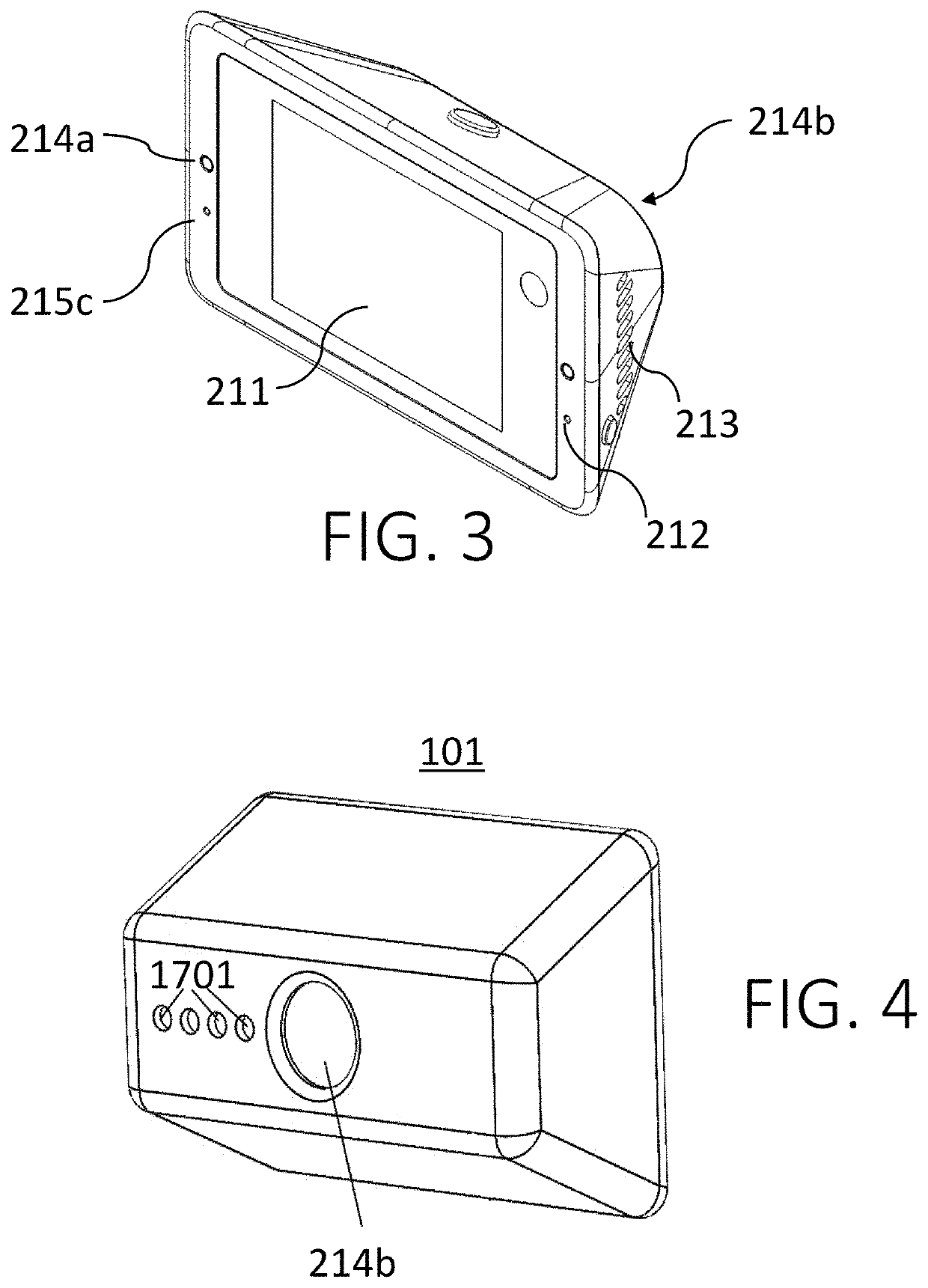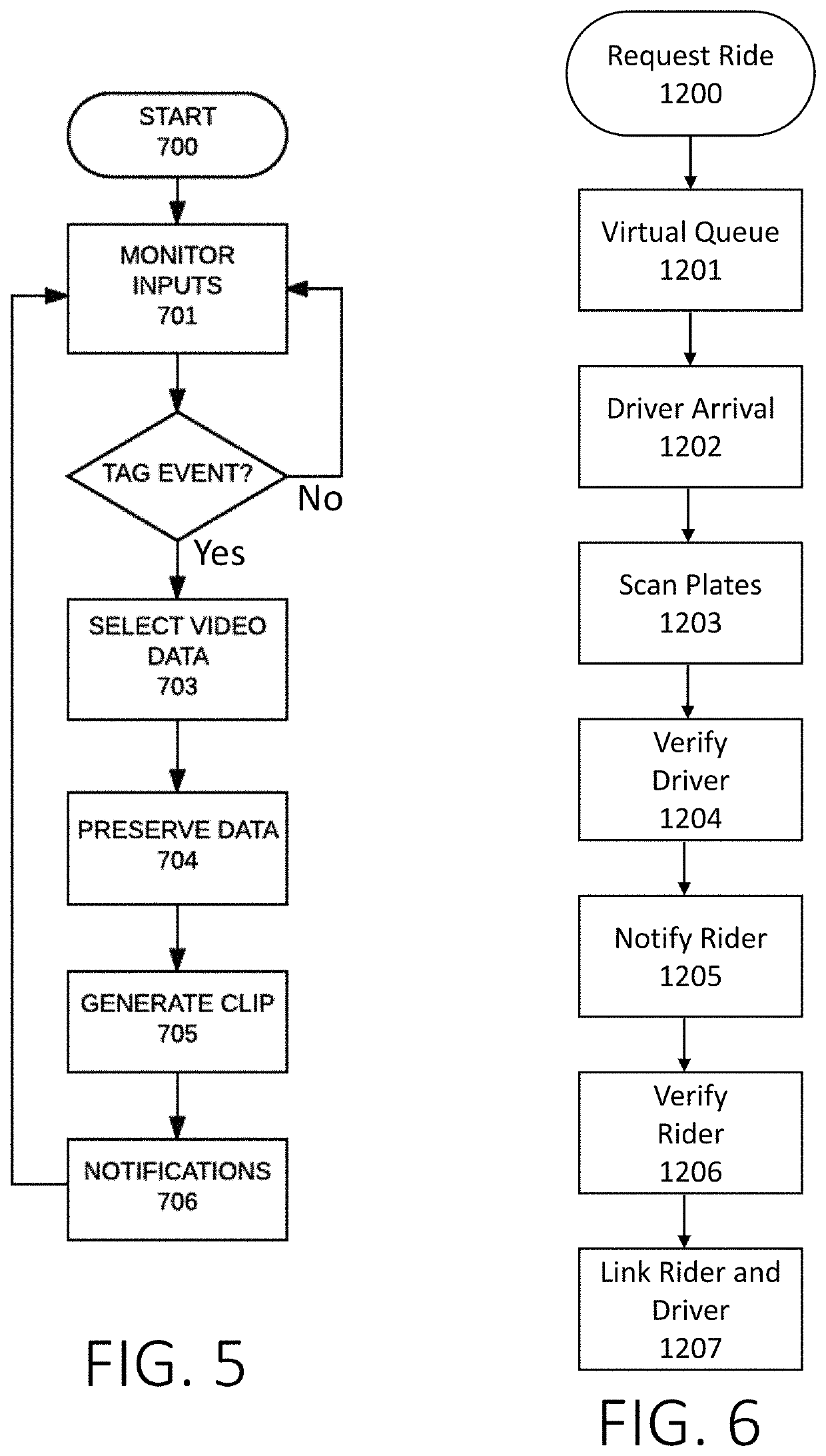Enhanced vehicle sharing system
a vehicle sharing and enhanced technology, applied in the field of videobased data collection systems, can solve the problems of lack of video sharing capabilities with other systems, cost and hassle, and the installation of vehicles is not simple for an average consumer, and achieves the effect of reducing the cost of the trip and substantial coverag
- Summary
- Abstract
- Description
- Claims
- Application Information
AI Technical Summary
Benefits of technology
Problems solved by technology
Method used
Image
Examples
Embodiment Construction
[0061]The figures and the following description describe certain embodiments by way of illustration only. One of ordinary skill in the art will readily recognize from the following description that alternative embodiments of the structures and methods illustrated herein may be employed without departing from the principles described herein. Reference will now be made in detail to several embodiments, examples of which are illustrated in the accompanying figures. The above and other needs are met by the disclosed methods, a non-transitory computer-readable storage medium storing executable code, and systems for streaming and playing back immersive video content.
[0062]Referring now to FIG. 1, an exemplary vehicular video-based data capture and analysis system 100 according to one embodiment of the disclosure is provided. Client device 101 is a dedicated data capture and recording system suitable for installation in a vehicle. In one embodiment, client device 101 is a video-based dash ...
PUM
 Login to View More
Login to View More Abstract
Description
Claims
Application Information
 Login to View More
Login to View More - R&D
- Intellectual Property
- Life Sciences
- Materials
- Tech Scout
- Unparalleled Data Quality
- Higher Quality Content
- 60% Fewer Hallucinations
Browse by: Latest US Patents, China's latest patents, Technical Efficacy Thesaurus, Application Domain, Technology Topic, Popular Technical Reports.
© 2025 PatSnap. All rights reserved.Legal|Privacy policy|Modern Slavery Act Transparency Statement|Sitemap|About US| Contact US: help@patsnap.com



